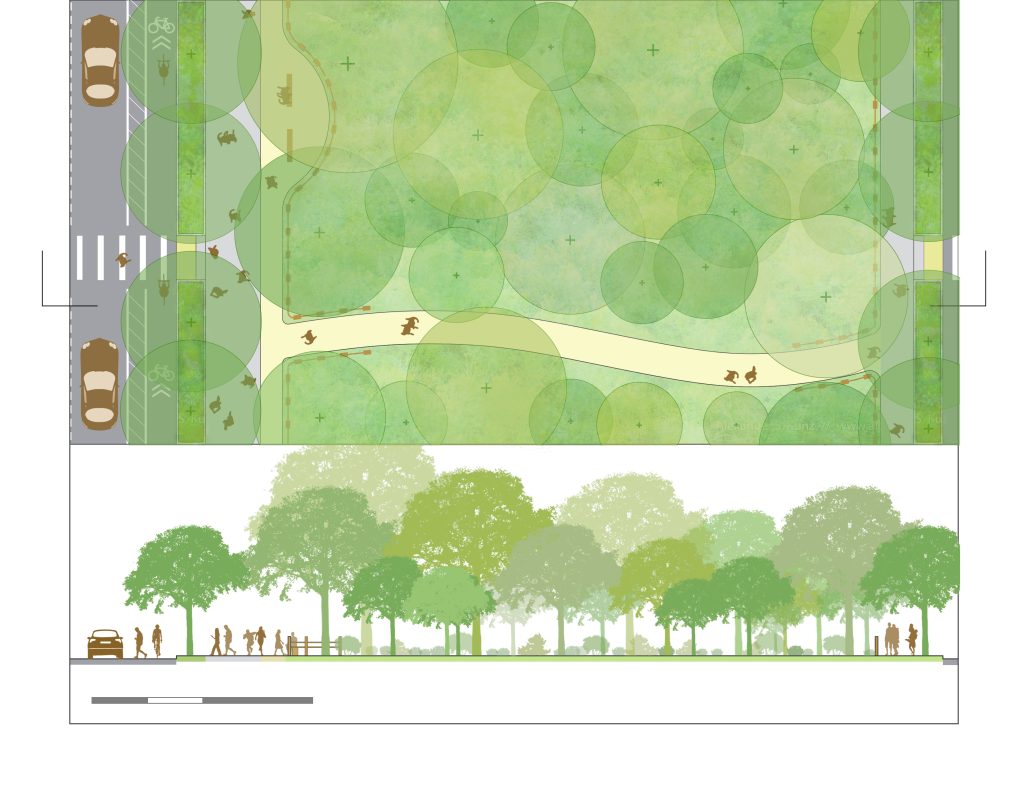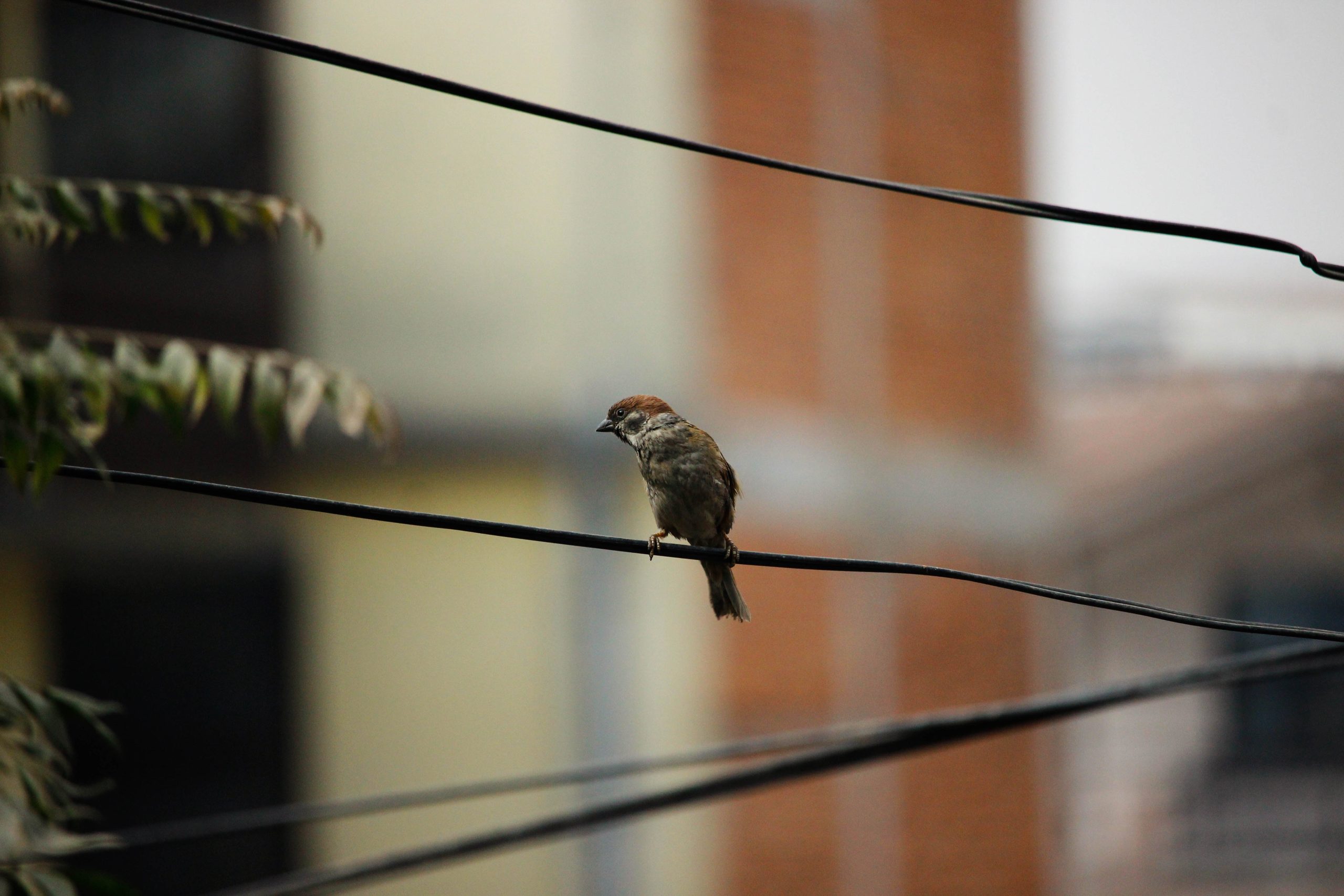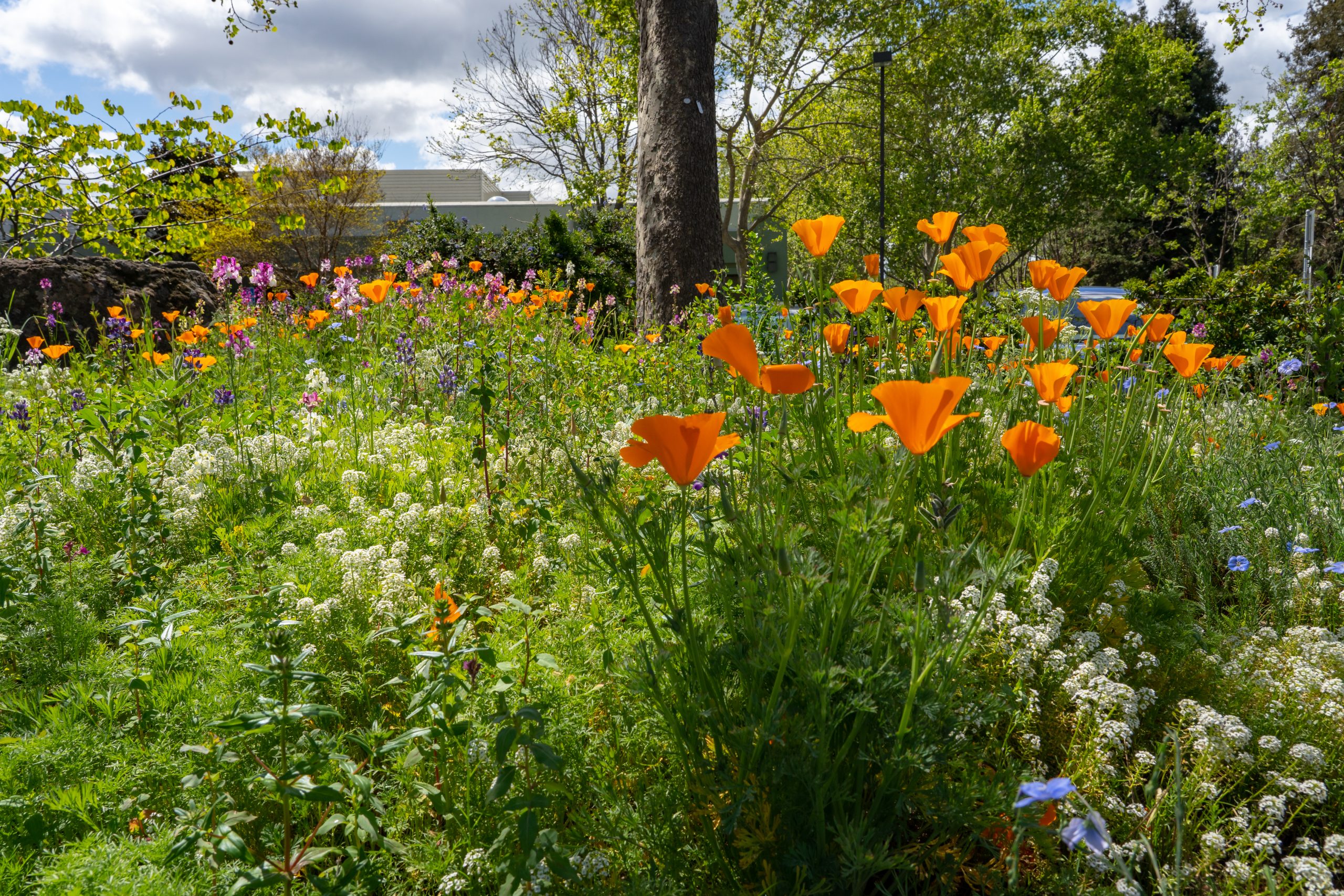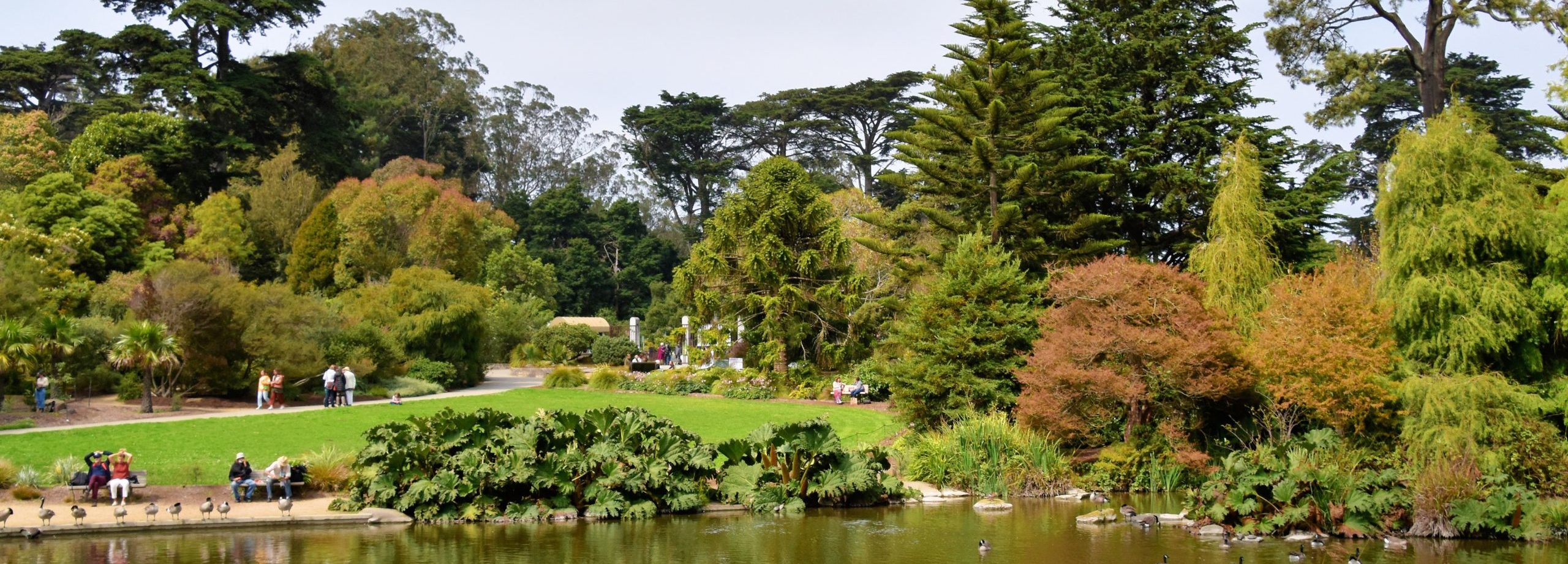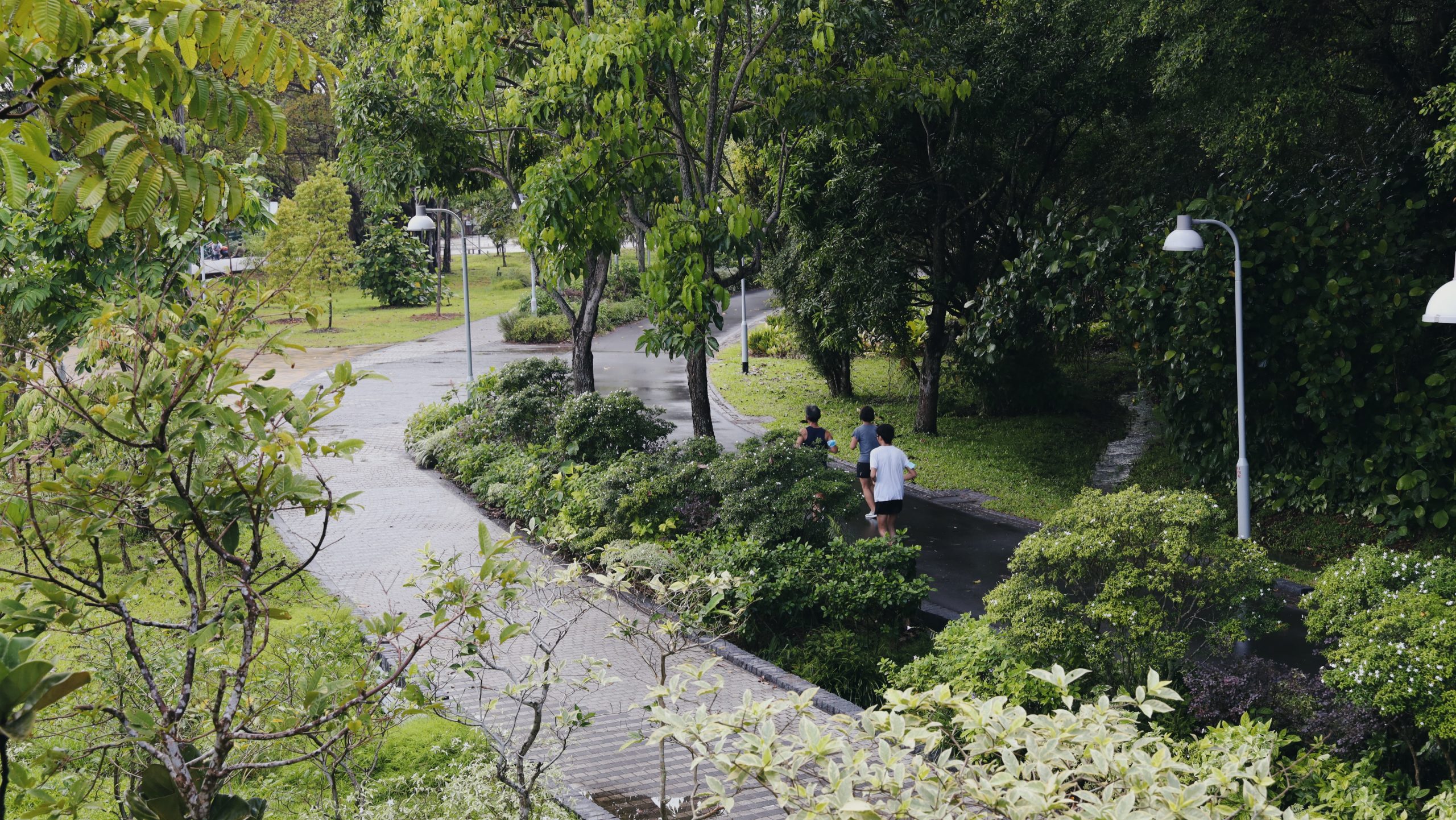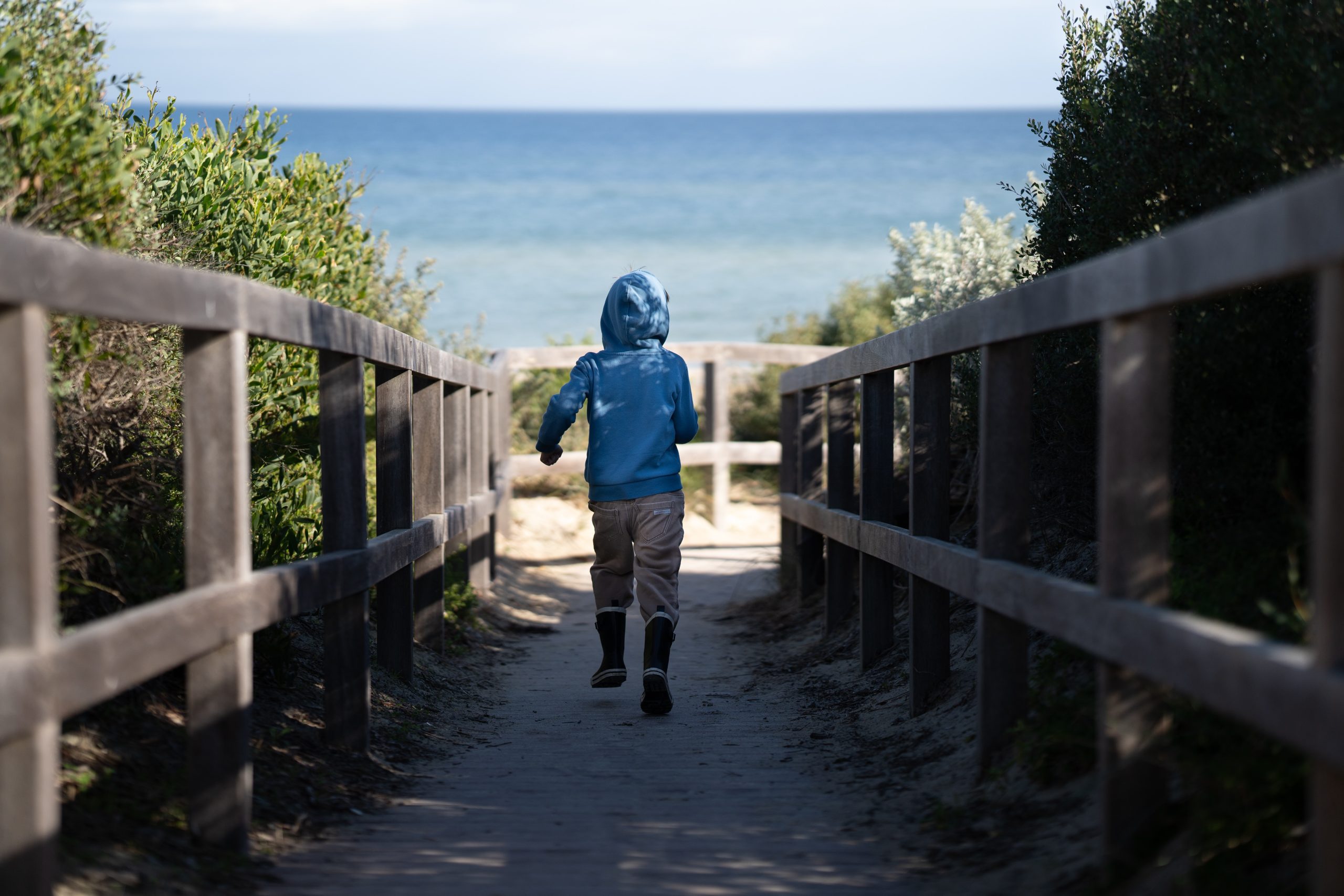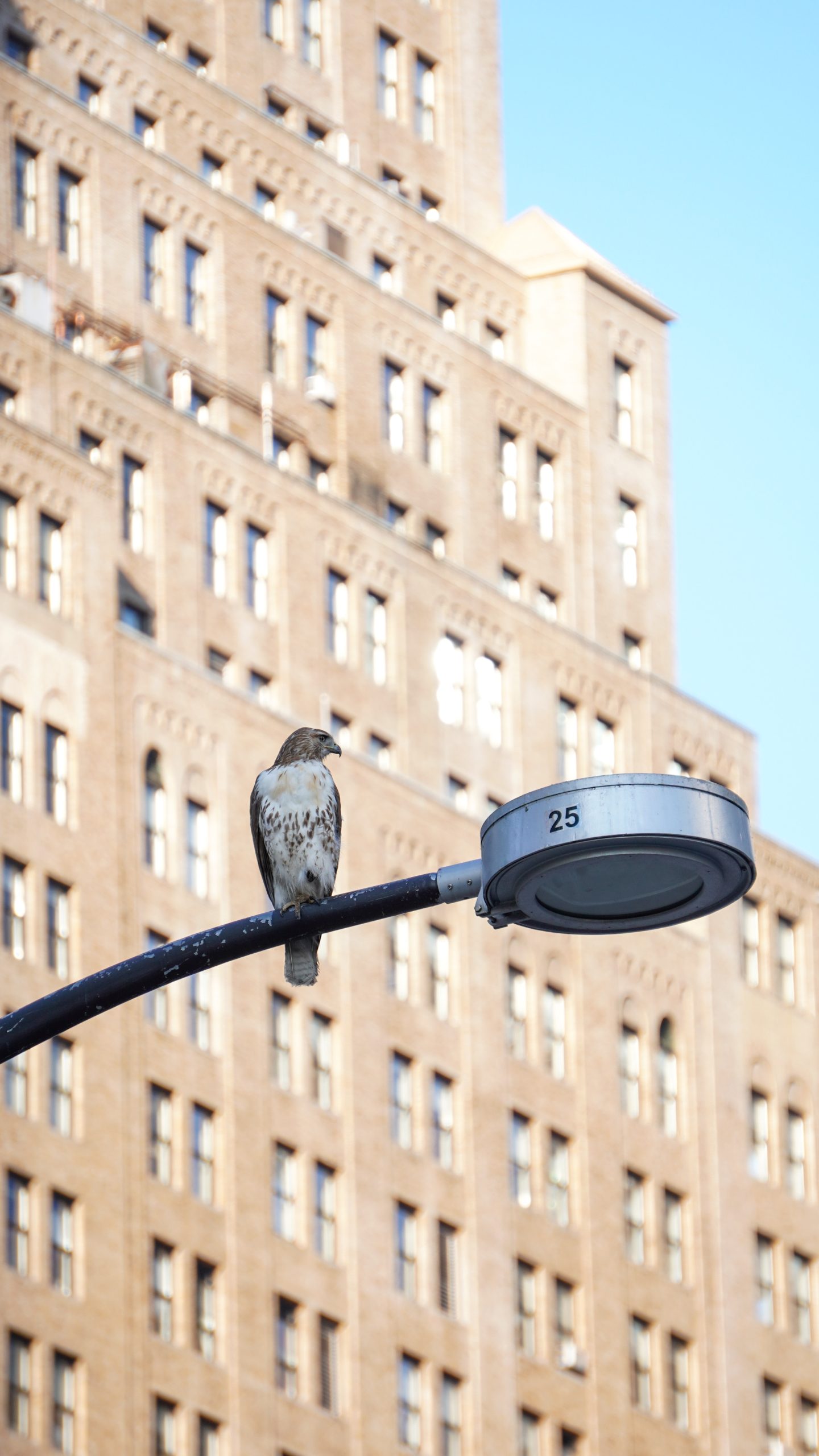Greenways
Image credits: Shira Bezalel, SFEI
Greenways are relatively narrow linear greenspaces that usually include multi-use pathways for active transportation (walking, biking, etc.) in addition to vegetated areas. Many greenways are constructed along linear infrastructure such as railroads and utilities that limit development.
Biodiversity role:
Greenways allow for movement of wildlife through urban spaces and can form corridors that connect large patches of habitat, particularly important for mammals and birds.
Human health role:
Multi-use paths within greenways create opportunities for active transportation and recreation and are associated with greater outdoor physical activity.
Key tensions and tradeoffs:
In limited space, designers may be forced to choose between recreation and biodiversity goals. Recreation goals are more visible and often take precedence. For example, human transit and recreation in greenways can limit their habitat benefit, while features helpful for wildlife, such as dense understory vegetation and preservation of downed wood, may signal neglect to the public.

Multi-use path located on edge of greenway
Locate paths on the edge of the greenway to allow for a wider area of undisturbed natural habitat for wildlife, while still facilitating physical activity for people. See key documents section for sources containing recommendations for path widths.
Habitat areas with limited public access
Create wide wildlife movement corridors for human avoidant wildlife within the greenway to support a broader array of biodiversity; for example studies found that bird species richness and nest survival increased in corridors greater than ~160 feet (50 meters) wide.
Vegetation structure
Plant both trees and understory shrubs in habitat areas to increase the variety of available resources for wildlife. More structural complexity and varied vegetation can support more wildlife species.
Overlooks and spur trails for habitat viewing
Create viewing areas to allow for respite and contemplation of sensitive habitat while minimizing human disturbance.
Trees lining multi-use path
Provide canopy cover to shade trails, encouraging use in warm weather and reducing UV exposure. Placing trees on the opposite side of natural areas creates a canopy that spans the greenway and can increase the functional size of the habitat area for wildlife that use trees.
Click on each image subtitles on the left to learn more
Multi-use path located on edge of greenway
Locate paths on the edge of the greenway to allow for a wider area of undisturbed natural habitat for wildlife, while still facilitating physical activity for people. See key documents section for sources containing recommendations for path widths.
Habitat areas with limited public access
Create wide wildlife movement corridors for human avoidant wildlife within the greenway to support a broader array of biodiversity; for example studies found that bird species richness and nest survival increased in corridors greater than ~160 feet (50 meters) wide.
Vegetation structure
Plant both trees and understory shrubs in habitat areas to increase the variety of available resources for wildlife. More structural complexity and varied vegetation can support more wildlife species.
Overlooks and spur trails for habitat viewing
Create viewing areas to allow for respite and contemplation of sensitive habitat while minimizing human disturbance.
Trees lining multi-use path
Provide canopy cover to shade trails, encouraging use in warm weather and reducing UV exposure. Placing trees on the opposite side of natural areas creates a canopy that spans the greenway and can increase the functional size of the habitat area for wildlife that use trees.
Relevant Design Details
Design details are non-site specific strategies to include throughout the design and management of all urban greenspaces. Typical contexts and documents in which these strategies may be relevant include: (1) Project design and construction documents (ex. site plans and design details, planting schedules, and specifications); (2) Design standards and typical details for a park system or other greenspace type; (3) Operations and management plans.
s

